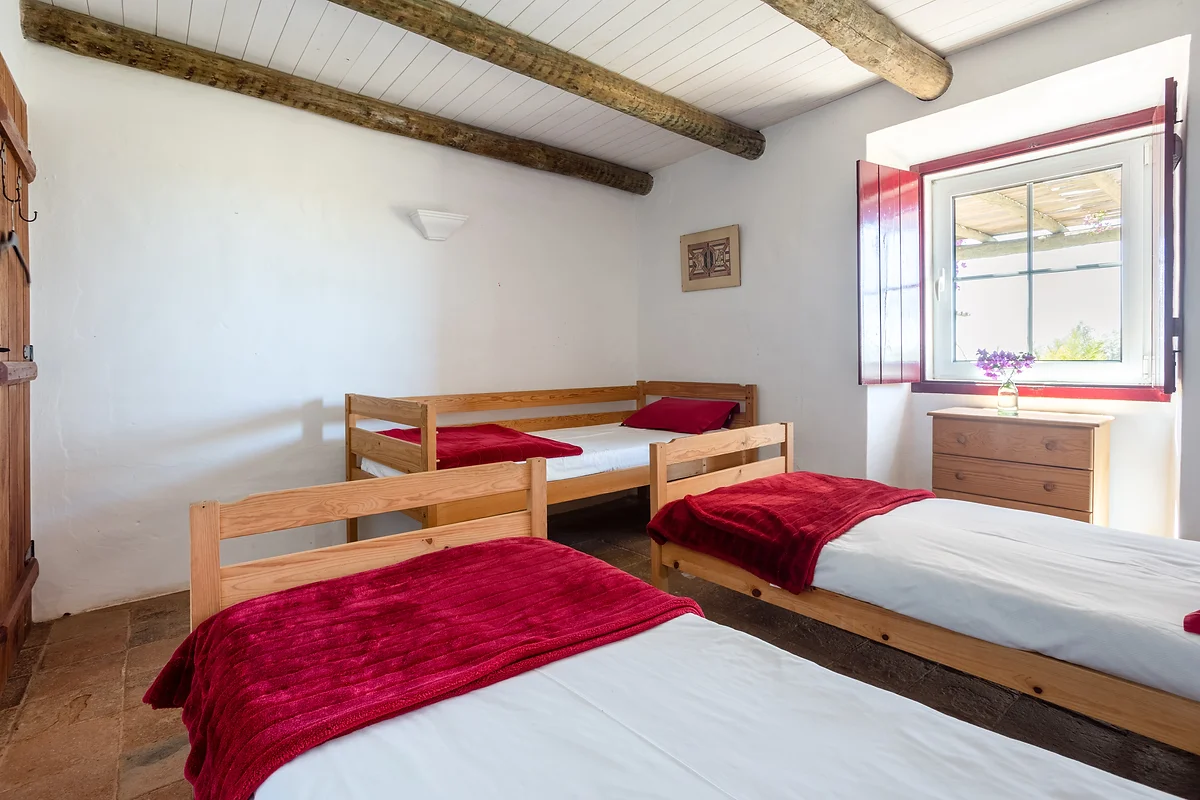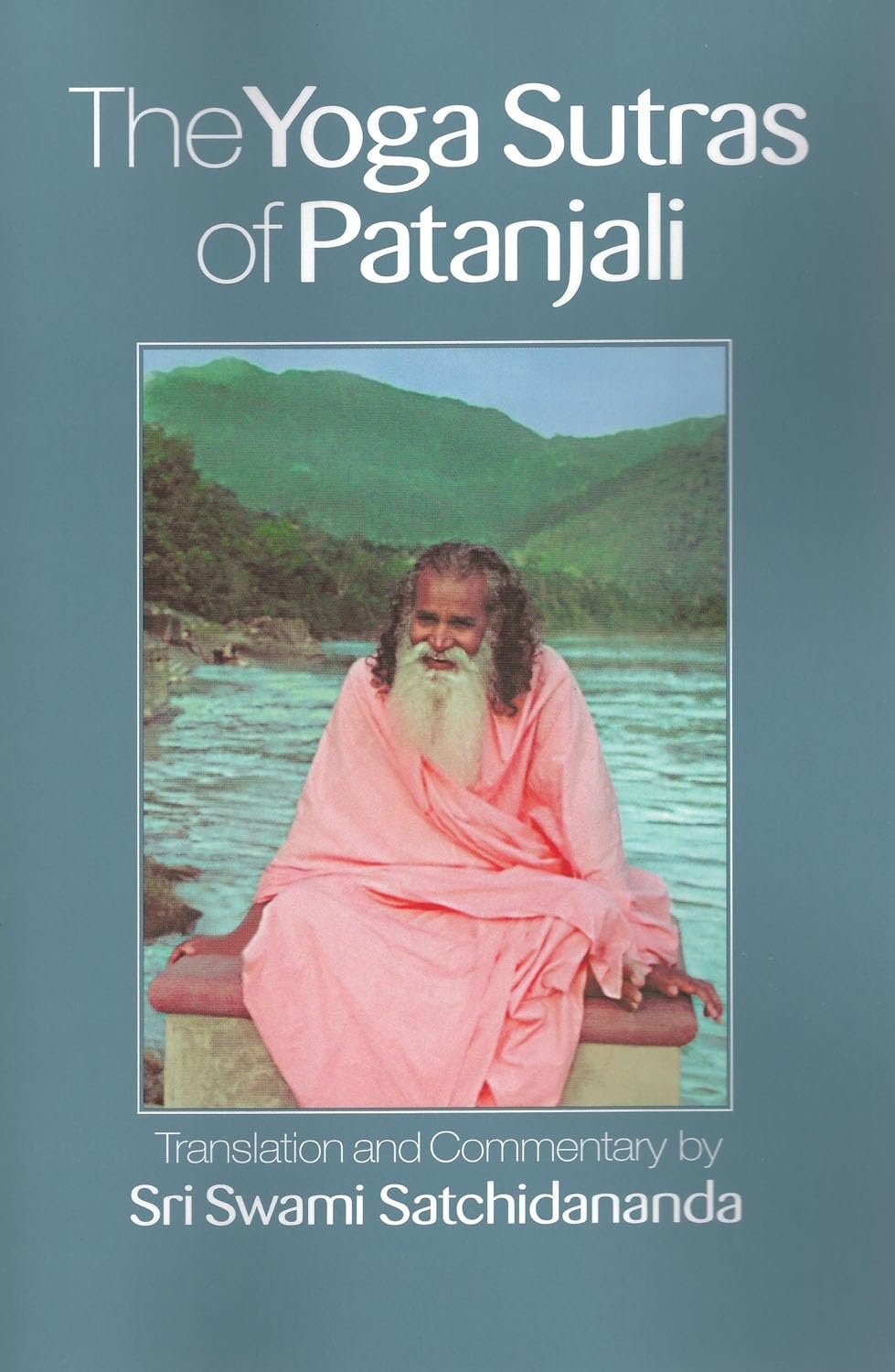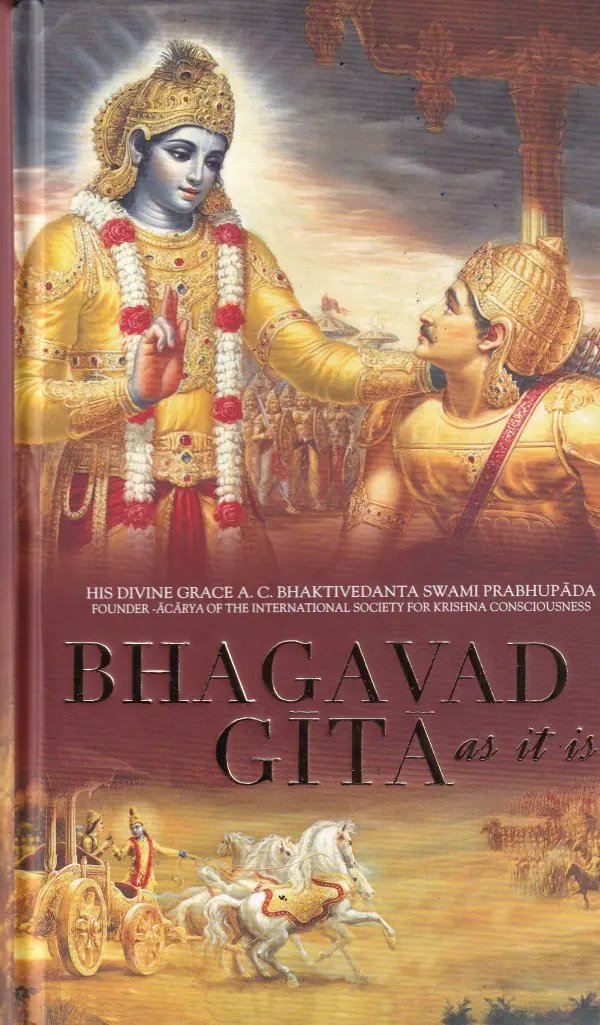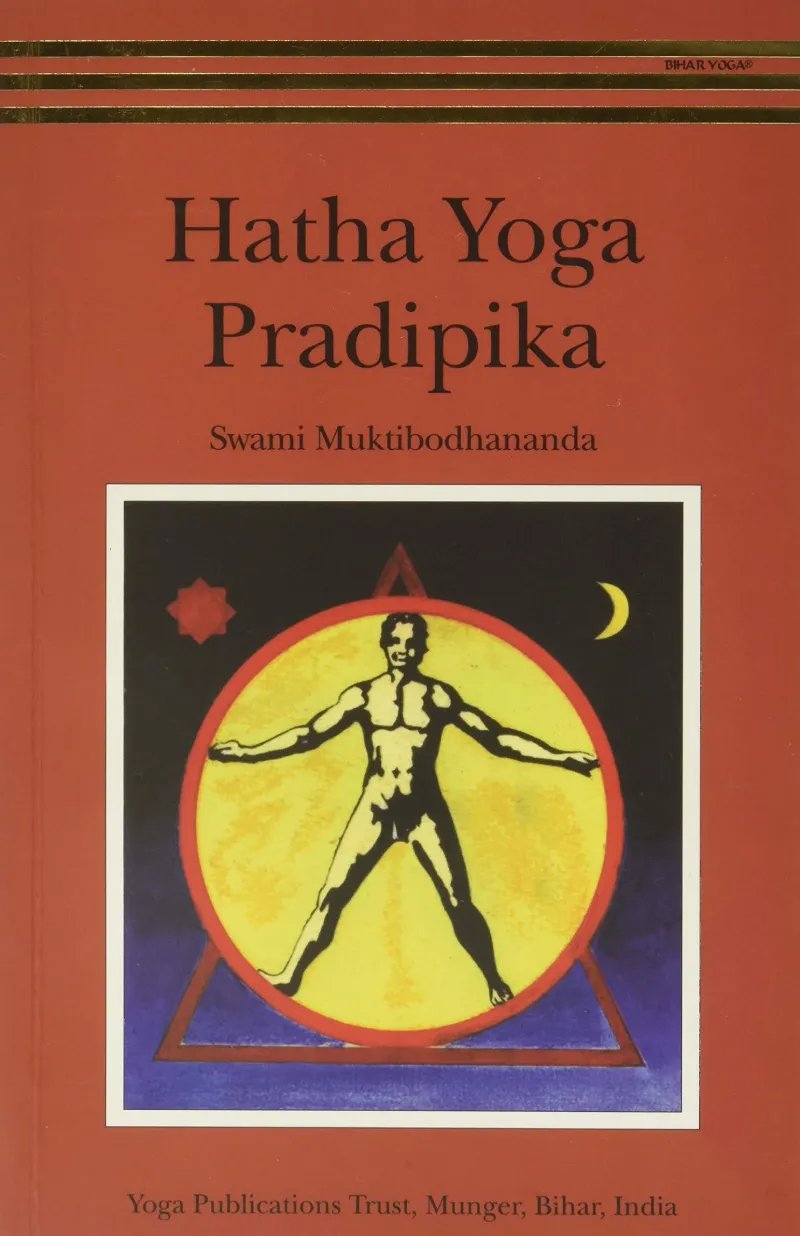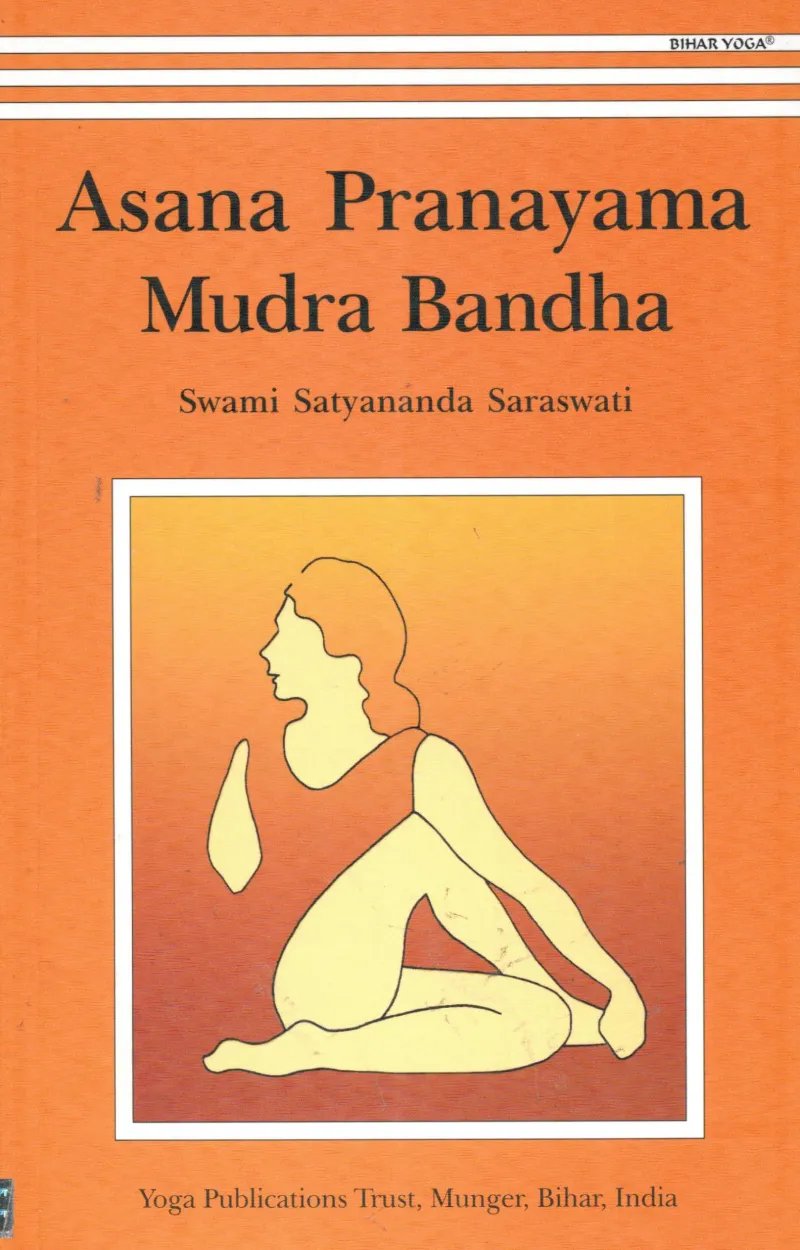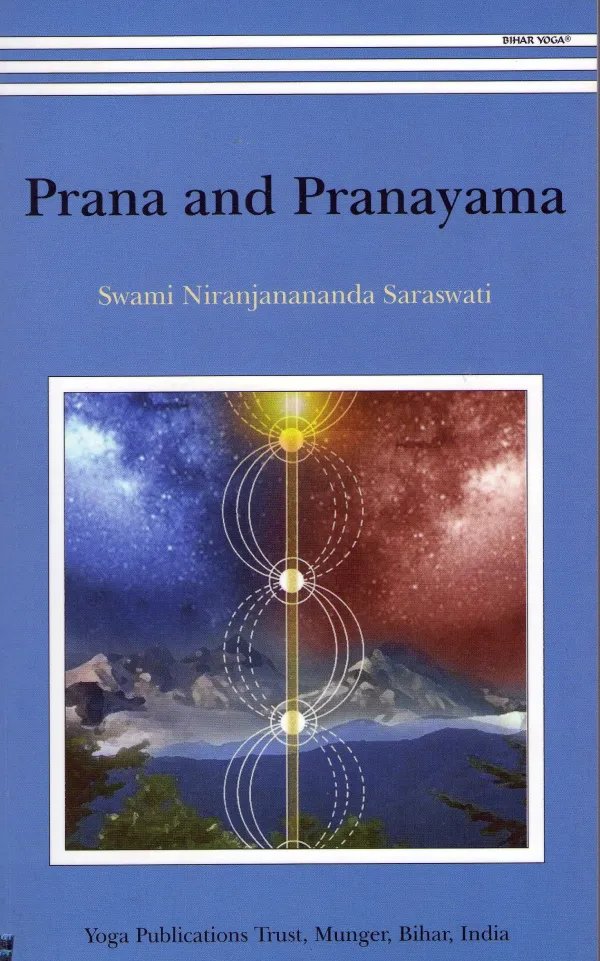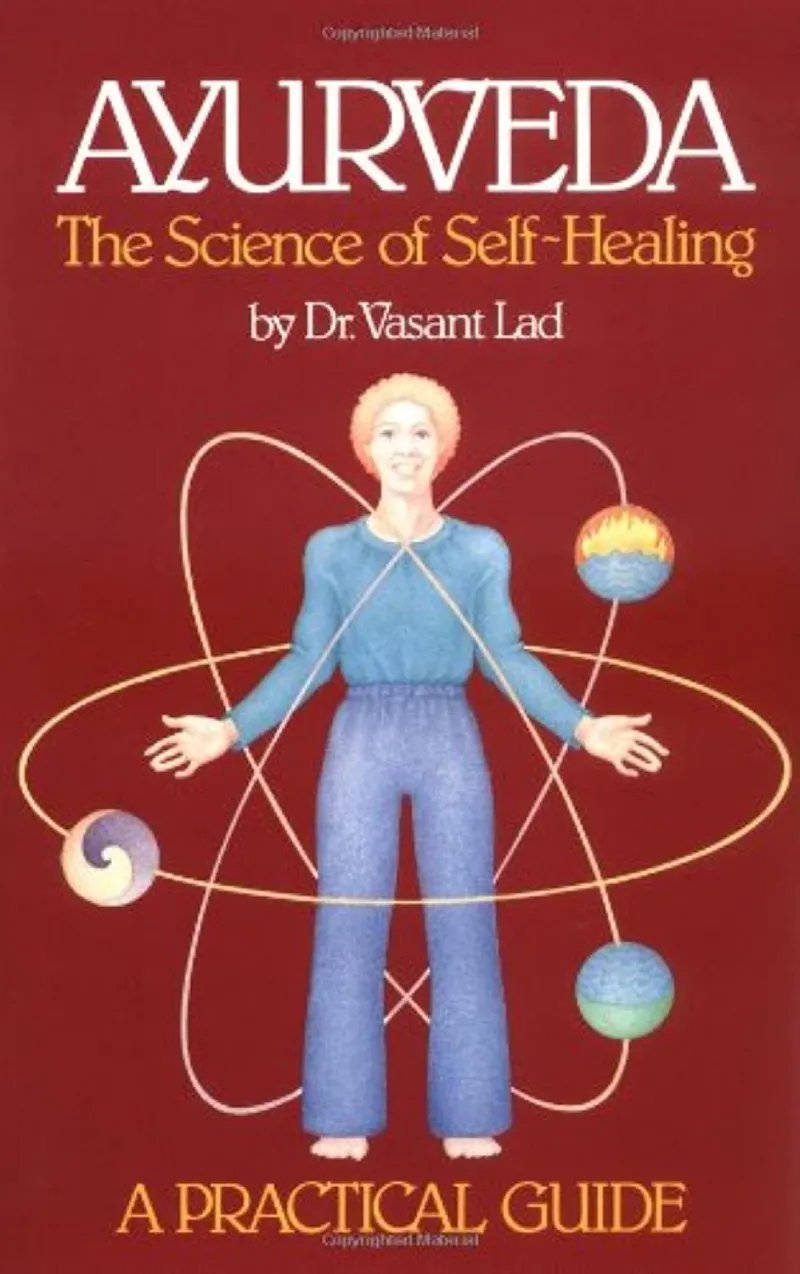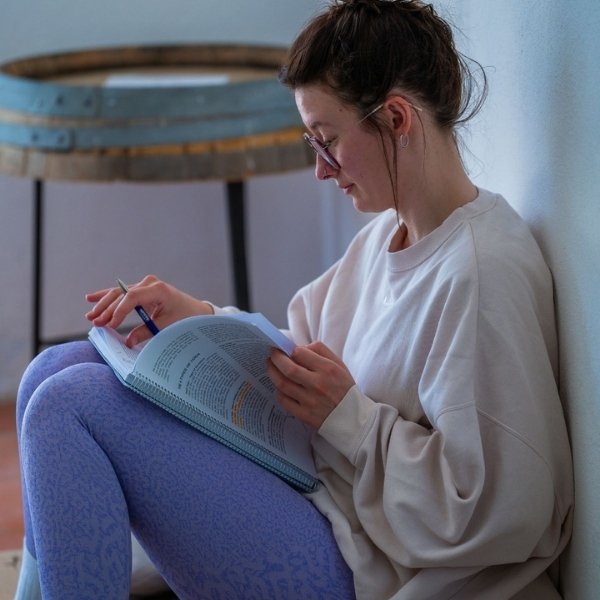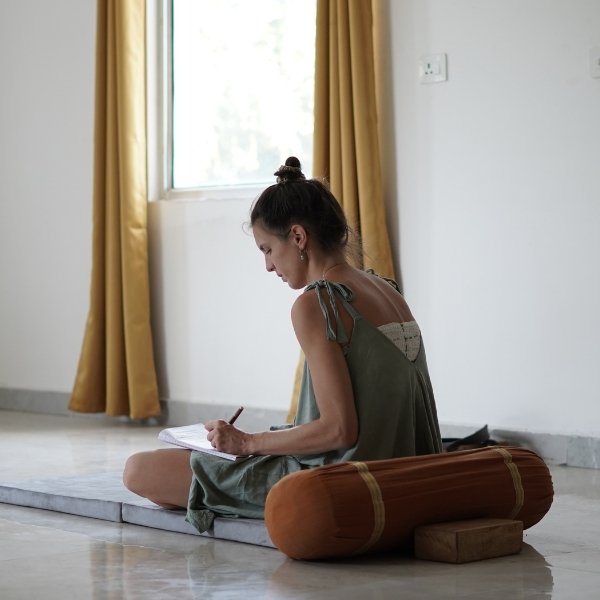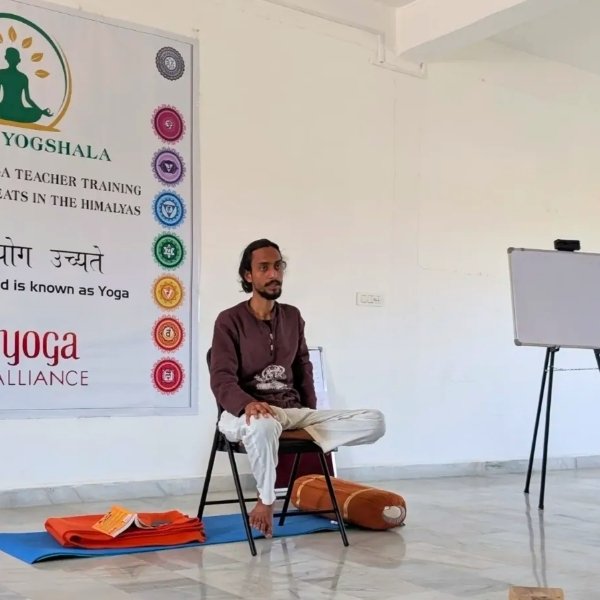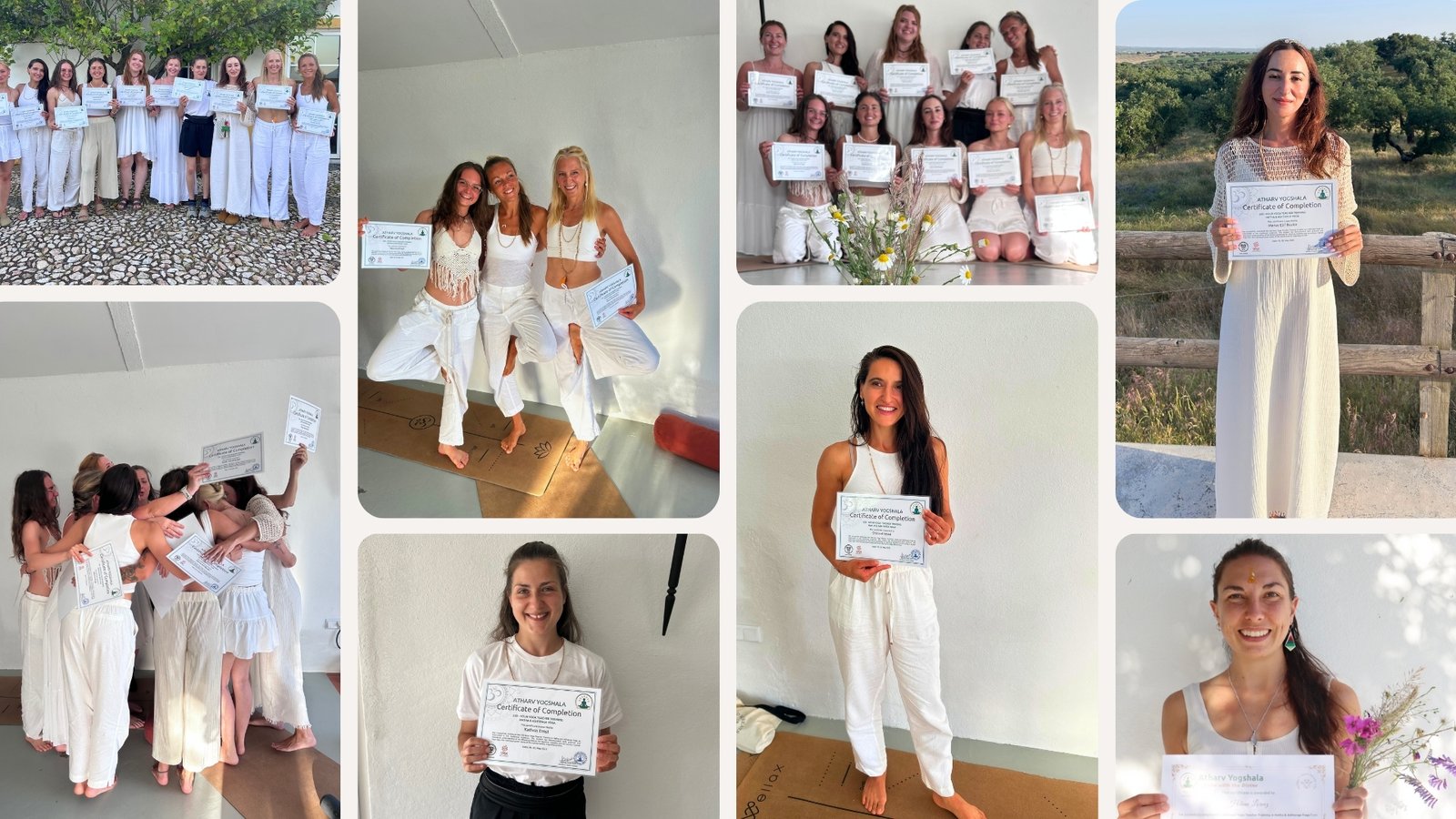200 Hour Yoga Teacher Training in Portugal

From the 200 Hour Yoga Teacher Training in Rishikesh to Portugal Looking for a life-changing experience? Immerse yourself in the ancient wisdom of yoga. Join our 200 hour yoga teacher training in Portugal and discover your true potential. Under the expert guidance of Kuldeep Bisht, an esteemed yogi from Riskikesh (India), you'll learn the physical and spiritual practices that can transform your mind and body. Kuldeep has been practicing yoga for over 20 years and has taught 200 hour yoga teacher trainings in Rishikesh and around the world. Now he's bringing his knowledge to Portugal for this one-of-a-kind program.
During our intensive 21-Day 200 Hour Yoga Teacher Training in Portugal, you'll gain an in-depth understanding of asana (postures), pranayama (breathing techniques), meditation, yogic philosophy & Ayurveda. You'll put theory into practice through daily yoga classes, discussions, and hands-on teaching experience. By the end, you'll walk away with the confidence, skills, and certification you need to become a Yoga Alliance certified yoga teacher - helping others discover the life-changing benefits of yoga.
Additionally we will share the best practices how to become a successful Yoga Teacher and set up your own Yoga Business. We want you to have the best 200 Hour Yoga Teacher Training Experience. That's why we will only have 12 spots - to keep it as personal as possible.
Who will teach you during your 200 hour Yoga Teacher Training in Portugal?
Isabel and Kuldeep will guide and mentor you throughout your 200 hour Yoga Teacher Training in Portugal. Despite the challenges posed by Covid, Kuldeep persisted in pursuing his dream of opening a yoga school in Rishikesh, India. He began building his network on Instagram, which led him to connect with Isabel in 2021. After exchanging messages and phone calls, they realized that they shared a vision and decided to organize Himalayan Hiking Retreats in India. During this adventure, they learned, taught, and honed their skills together.
This experience only fueled their passion further, and they set a goal to offer 200 hour yoga teacher trainings in Portugal in 2024 to share their knowledge with more people. Their partnership continues to grow and flourish, and they are excited to bring their unique perspectives and expertise to your training.
If you wish to start your professional career with yoga, then the 200 hours yoga teacher training course is the best option for you. After the successful completion of the course, you will receive a valid certification from Yoga Alliance, USA. The certification makes you eligible to register yourself as an RYT-200, or 200 Hours Registered Yoga Teacher.
Course Fees & Dates

Date
Fees
Availability
Booking

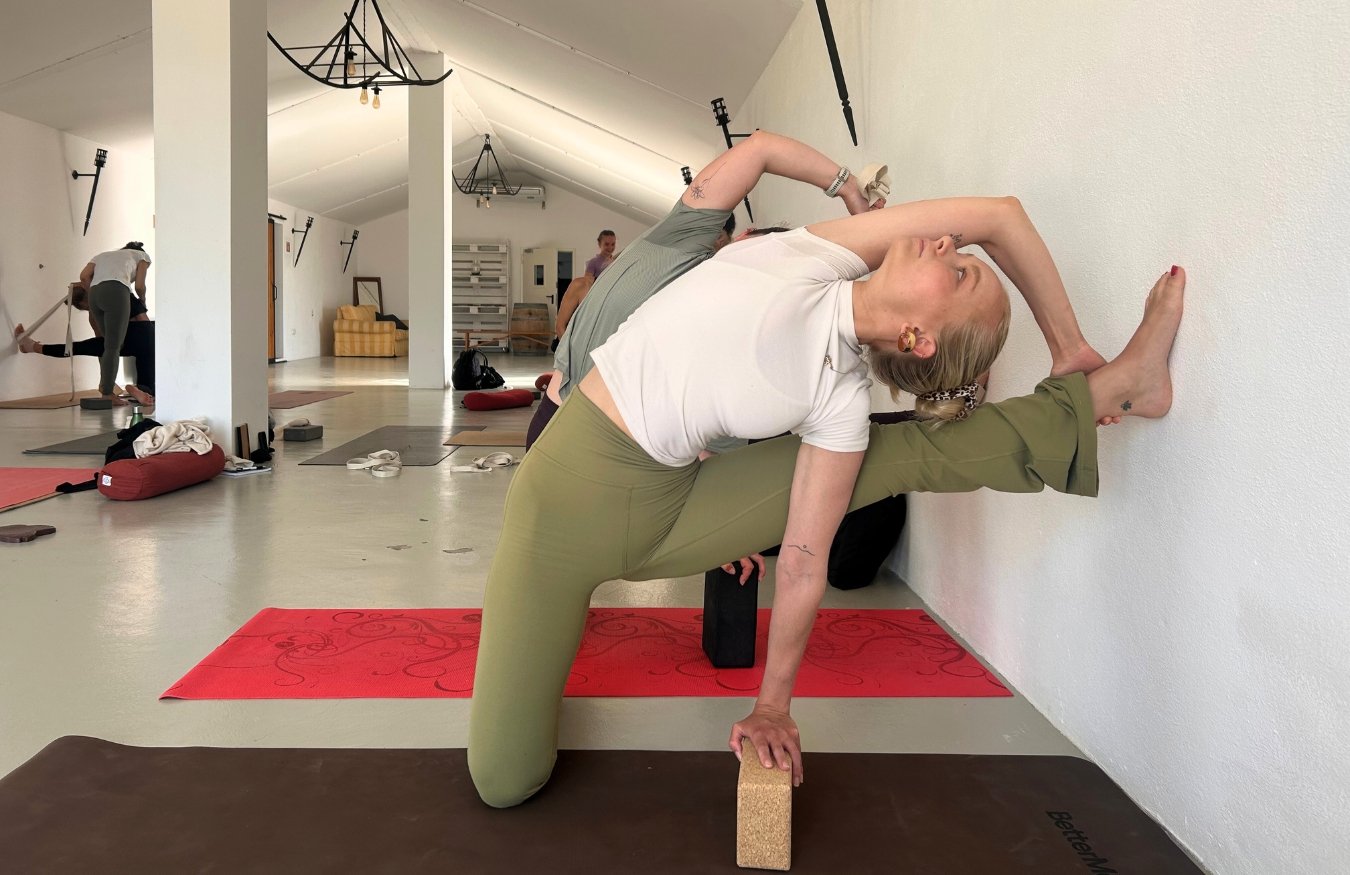
Course Inclusions & Exclusions

Yoga Certification - 200 Hour YTTC

All participants completing a 100 hour yoga training course are eligible to apply for 200 Hour Yoga TTC which is an internationally recognized yoga teacher certification and designation.
You will be able to develop your understanding of yoga at Atharv Yogshala to the point where you will be able to teach yoga professionally. Our graduates can apply to Yoga Alliance to become registered yoga teachers, such as RYT 200 and RYT 500, according to their qualifications.
Evaluation of 200 Hour Yoga TTC in Portugal
The overall evaluation of 200 hours Yoga teacher training at Atharv Yogshala based on below assessment:
- Written assessment - Completion of assignment
- Practical assessment - designing, sequencialising and conducting Yoga session
- Student's conduct throughout the training will be an essential criteria
- Attendance - minimum 90% wherein student must have presented the valid and agreed reason for 10% absenteeism
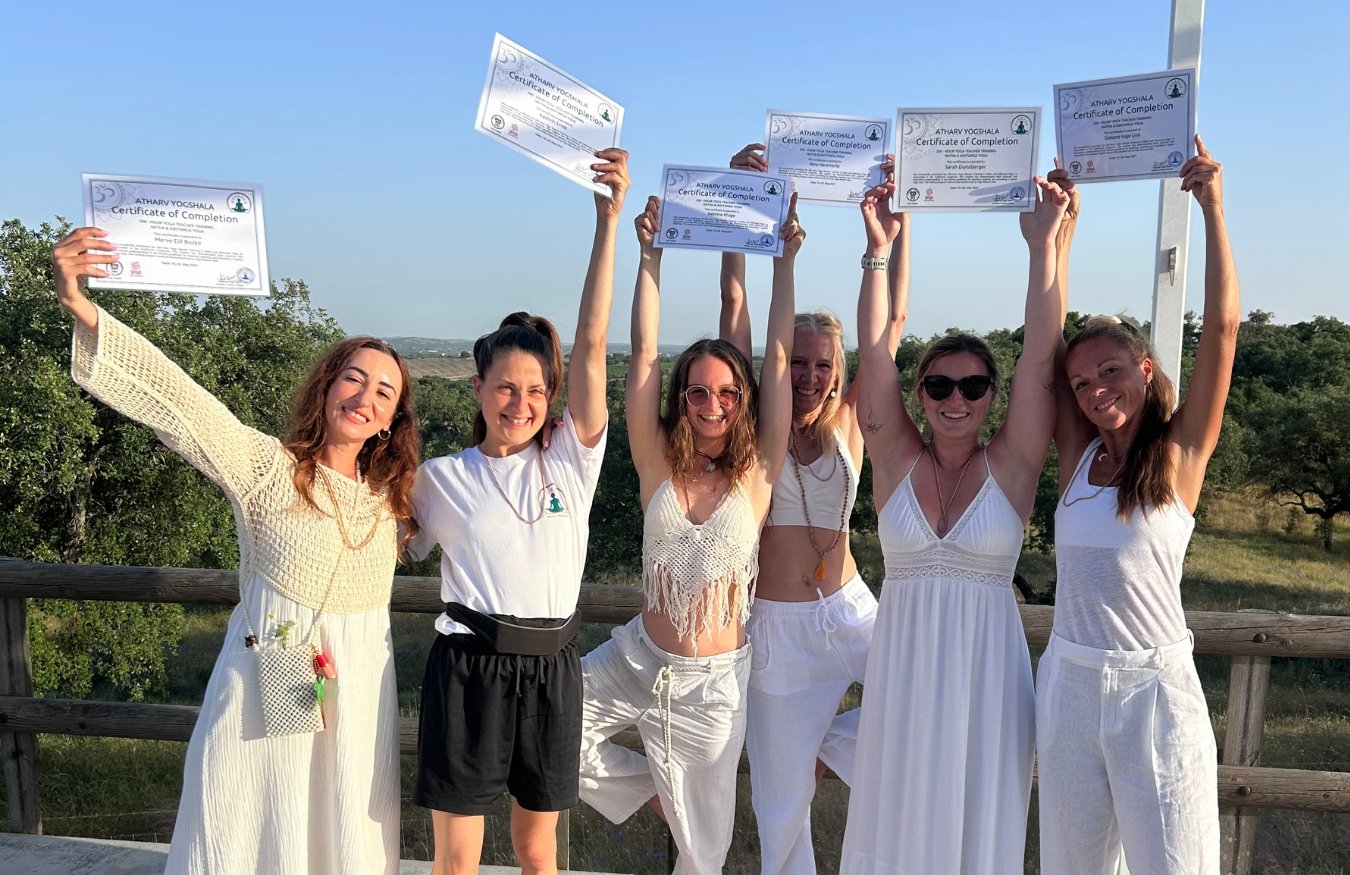
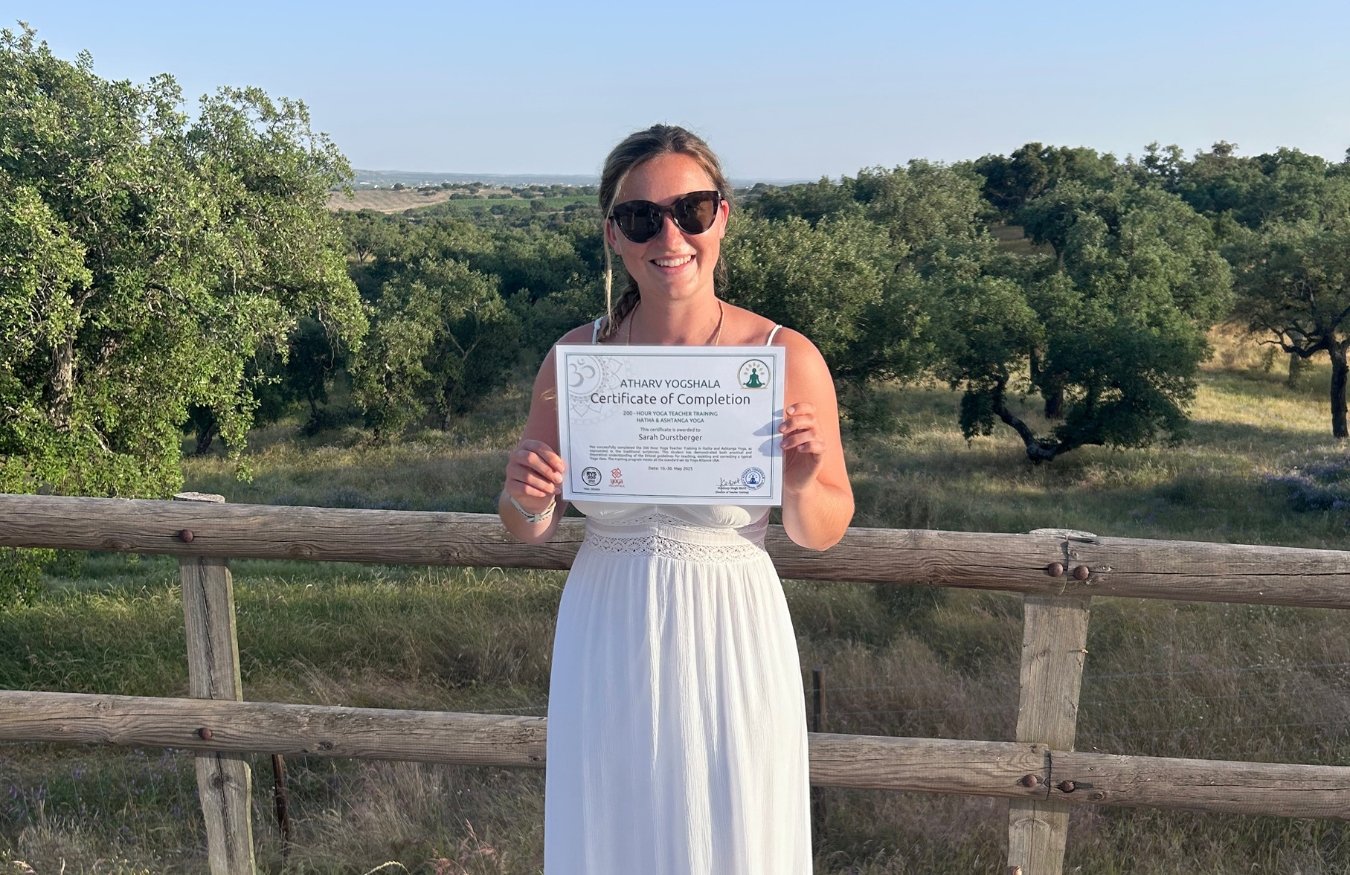
Course Syllabus: 200 Hour YTTC

At Atharv Yogshala, we offer various yoga teacher training courses to students who are willing to learn the best in the field of yoga and meditation. The curriculum is entirely based on Yoga Alliance standards. We offer residential courses with extra classes in Ayurveda. With our course, we aim to balance our lives and transform them in a positive way. We work in the belief that the world is one family, and with our courses, it is our duty to meet the needs of every individual.
110 Hours
Techniques, Training and Practice
Asana | Assignment | Pranayama | Meditation
20 Hours
Anatomy & Physiology
Introduction to Body and More
30 Hours
Yoga Humanities
History | Philosophy | Ethics
40 Hours
Professional Essentials
Teaching Methodology | Professional Development | Practicum
- Art of Mantra
- Science of Mantra
- Power of Mantra
- Formation of Mantra
- Mantra Chanting
Mantra Chanting is a powerful tool which develops a spiritual connection inside you. It, in turn, creates a balance between the body, mind, and spirit.
- How to chant the mantra properly?
- Om Mantra
- Peaceful Shiva Mantra
- Energetic Durga Mantra
- Joyous Krishna Mantra
- Gayatri Mantra for the purification of the mind
- Sahana Mantra for Guru Disciple Study
- Guru Mantra for paying homage to Guru
Traditional Hatha Yoga sessions conducted by our school are a positive workout for one's physical and mental wellness. It originated years ago with the aim to attain health and peace. The practice also benefits you with strength and flexibility.
- Pavan Muktasana series 1 (Antirheumatic Exercise series 1)
- Pavan Muktasana series 2 (Antirheumatic Exercise series 2)
- Pavan Muktasana series 3 (Antirheumatic Exercise series 3)
- Centering postures series (Yoga Sequence Builder)
- Surya Namaskar (Sun Salutation)
- Standing postures series
- Kneeling postures series
- Sitting Postures series
- Forward bending postures series
- Backwards bending postures series
- Supine postures series
- Prone Postures series
- Fire Series series
- Inversions series
- Twisting postures series
- Balancing Postures series
- Relaxing Posture series
- Meditative Asana Series
- Theory of Hatha Yoga
- Ancient Scriptures & Texts of Hatha Yoga
- Aim and Objectives
- Yoga as a Therapy
- Yoga as Balancing
More than a teaching session conducted by yog gurus, Mysore Style Ashtanga Yoga is a self-assisted and practice class. All students are doing the same sequence and postures, supported by experienced teachers.
- Introduction
- History
- Awakening the Inner Fire
- The Breath of Life (Prana)
- Chakras
- Eight Limbs of Yoga (Ashtanga Yoga)
- The practice of K.Pattabhi Jois
- Bandha practice
- Drishti (Focusing the Attention)
- Use of yoga props and instruments
- Sun Salutation A & B (week 1) - Surya Namaskar Series A & B
- Standing Asana Series (week 2)
- Sitting Asana Series (Week 3)
- Finishing Asana Series (Week 3)
- Teaching Practices (Traditional & Mysore Style- Week 4)
- Padangustasana (Big toes Posture)
- Pada hastasana (Hand under foot posture)
- Utthita trikoṇasana (A+B) (Triangle posture)
- Utthita parsvakonasana (A+B) (Extended side angle pose)
- Prasarita padottanasana (A,B,C,D) (Intense wide leg stretch)
- Parsvottanasana (Intense side stretch posture)
- Utthita hasta padangustasana (Hand to big toe posture)
- Ardha bandha padmottanasana (Half-bound lotus forward bend)
- Utkatasana (Fierce pose)
- Virabhadrasana (Warrier pose) A+B
- Dandasana (Staff pose)
- Pascimattanasana (Intense west stretch or sitting forward bend)
- Purvattanasana (Intense east stretch)
- Ardha bandha padma pascimattanasana (Half bound lotus forward bend)
- Tiryangmukha Eka pada pascimattanasana (Reverse the leg, one leg intense stretch)
- Janusirsasana (Head-to-knee pose)
- Marichyasana (Leg Binding Pose)
- Navasana (Boat Pose)
- Bhujapiḍasana (Shoulder Pressure Pose)
- Kurmasana (Tortoise Pose)
- Suptakurmasana (Reclining Turtle Pose Yoga)
- Garbhapindasana (Womb Pose)
- Kukkutasana (Cockerel Pose, or Rooster Posture)
- Baddha Konasana (Bound Angle Pose, Butterfly Pose)
- Upavistha Konasana (Seated Angle Posture)
- Suptakonasana
- Supta Padangustasna
- Ubhaya Padangustasna
- Urdhvamukha Pascimattanasana
- Setubandhasana (Bridge Pose)
- Finishing Postures
- Urdhva Dhanurasana (upward bow posture)
- Salaṁba sarvangasana (shoulder stand posture)
- Halasana (plough posture)
- Karṇa pidasana (ear pressure posture)
- Baddha padmasana (sealed lotus pose)
- yoga mudra (sealed yoga posture)
- Padmasana (Lotus posture)
- Savasana (Corpse pose)
Prana, the life energy Yama means control. It is the foundation practice of the traditional form of yoga. It is not just a breathing practice but much more than this. The class of pranayama reveals its secrets and the power of pranayama to gain the right health, peace, and balance.
The four week course offers a different experience, such as;
- Week 1: Step wise knowledge of pranayama and building strength.
- Week 2: From the beginning to the deep core of pranayama.
- Week 3: Advance practice by holding the breath and manifesting chakra awareness.
- Week 4: Teaching practice while moving to the master level of the breath.
Pranayama Topics:
- Definition of Prana
- Definition of Pranayama
- Definition of breath
- Connection of the Prana and the breath
- Importance of Pranayama
- Benefits of Pranayama
- Preparing ourselves to practice pranayama
- Aspects of Breathing
- Ancient Texts of Breathing
- General understanding
- Knowledge of nostrils
- Activating nostrils for pranayama
- Secrets of Pranayama
- Breath flow in 5 elements
- Unit of Prana
- Function of Prana
- Three levels of Prana
- Three Gunas
- Flow of Prana
- Quality of breath
- Imbalance of Prana
- Retention of breath
- 6 Sitting postures for Pranayama practices
- Breathing pattern
- Chakras and Kundalini connect with Prana
- Beginners and Intermediate Practices of Pranayama
- Clavicular Pranayama
- Thoracic Pranayama
- Diaphragmatic Pranayama
- Yogic Pranayama
- Pranava Pranayama (Om Meditation Breathing)
- Nadi Shodhana Pranayama or Anulom Vilom Pranayama
- Bhastrika Pranayama (Bellows Breath)
- Kapalbhati Pranayama (Skull Shining Breath)
- Bhramari Pranayama (Humming Bee Breath)
- Ujjayi Pranayama (Ocean Breath)
- Sitali Pranayama (Cooling Breath)
- Sitkari Pranayama (Hissing Breath)
- Murcha Pranayama (Swooning Breath Yoga)
- Surya Bhedi Pranayama (Right Nostril Breathing)
- Chandra Bhedi Pranayama (Left Nostril Breathing)
Just like you involve your body in physical exercise for its benefits, in the same way, meditation is an exercise for mental health. With the power of meditation, you can control your mind and block negative and unnecessary thoughts. You enter into a deep state of relaxation where peace is the ultimate goal. During the meditation class, you are advised to sit quietly by keeping your focus on a single thing. It helps you in eliminating tension and stress. With the 200 Hours yoga teacher training course, you get to learn basic and intermediate techniques of meditation.
The four weeks program work as;
- Week 1: Introducing Meditation and Building Foundation
- Week 2: Making the mind able to focus on a single aspect with concentration process and exercises.
- Week 3: Meditation Techniques
- Week 4: Chakra Awareness and Kundalini Meditation
What'll you learn?
- What is Meditation?
- History and Origin of Meditation
- How to prepare yourself for Meditation?
- What Meditation is actually?
- What Meditation is not?
- Why to meditate?
- How to meditate?
- Where to meditate?
- When to meditate?
- Philosophy of Meditation
- Meditation Traditions
- Meditation Scriptures
- Aim and Objectives of Meditation
- Sitting Positions
- How to Sit Correctly
- Preliminary Practices Before Practicing Meditation
- Diaphragmatic Breathing in Meditation
- Correct Breathing in Meditation
- How to Relax in Meditation?
- Lifestyle in Meditation
- Diet of Meditation
- Why should one sleep while meditating?
- What are the rules of meditation?
- Styles of Meditation Practices
- Himalayan Meditation Practices
- Basics Foundation Meditation Practice
- Breath- Mind- Mantra Awareness
- Trataka Meditation
- Nada Meditation Practices
- Music Meditation
- Om Meditation
- Mantra Power Meditation
- Active Meditation Practices
- Dynamic Moving Meditation (Osho)
- Buddha Walking Meditation
- Karma Yoga Meditation
- Natraj Meditation
- Sufi Meditation
- Gaurishankar Meditation
- Ajna Chakra Awakening Meditation
- Kundalini Active Meditation
- Vipassana & Passive Meditation Practices
- Breath Awareness (Anapana)
- Mindfulness and Sensation
- Total Awareness Practice
- How to Do Japa (recitation)
- Kirtan Even and Creating a Spiritual Vibe
- One-Day Silence Meditation
- Silence Practice
Yoga Nidra is also known as Psychic Sleep. The practice creates a state between waking and sleeping. It is a state of consciousness. One can go into this deep and conscious sleep with the practice of guided meditation. Yoga Nidra can also be termed as the victory over sleep. You can relax your mind and complete the sleep of 8 hours in just a short practice of yoga nidra. When you go through the epic, Mahabharata, you get to know that Arjuna (one of the Pandavas) was associated with Yoga Nidra.
The four-week program of Yoga Nidra includes;
- Week 1: Basic Relaxation Practices
- Week 2: Visualisation Yoga Nidra
- Week 3: Chakra Awareness Yoga Nidra
- Week 4: Inner Flame Yoga Nidra What'll you learn?
- Basics of Yoga Nidra
- Meaning of Yoga Nidra
- Purpose of Yoga Nidra
- Different Schools of Yoga Nidra
- Traditions of Yoga Nidra
- Tantric Origin of Yoga Nidra
- Lifestyle for Yoga Nidra Practitioners
- Rules for Yoga Nidra Practitioners
- Benefits of Yoga Nidra
- Risks of Yoga Nidra
- Difference Between Yoga Nidra and Meditation
- Yoga Nidra Experience
- Yoga Nidra and Healing
- 4 States of Consciousness
- 3 Body Awareness
- Tension Relaxation
"Shat" means "Six" and "Karma" means "Actions". Thus, as per yogic science, Shatkarma is six cleansing actions that help to clean your body and mind. It is well described in the Hatha Yoga Tradition. Shatkarma is an important practice to maintain a balance between body and mind and also promote well-being. The practice eliminates toxins from the body and unblocks energy channels.
With the 100,200,300 Hours Yoga TTC, you will learn;
- Introduction to Shatkarma
- Benefits of Shatkarma
- Risks of Shatkarma
- Who should practice it?
- Who should not practice it?
- Experiences
- Preparation to Shatkarma
- Practices After Completing It
- Cleansing of Nadis or Energy Channels
- Practices that you will learn
- Jihwa Dhauti (Tongue Cleansing)
- Danta Dhauti (Teeth Cleansing)
- Karna Dhauti (Ear Cleansing)
- Jalaneti (Cleansing with Water)
- Kapalbhati (Mind Cleansing)
- Agnisara (Cleansing with Fire)
Yoga Philosophy is a powerful subject that can change one's life. Many are confused that it only exists in Patanjali's Yoga Sutras but this is not true. It is the philosophy of life which can also be found in Bhagwat Geeta, Hatha Yoga Pradipika and Upanishads. The basic and main philosophy of yoga is simple, body, mind, and soul are one and one can not separate them.
During the 4 weeks of the 200 Hours Yoga Course, Yoga Philosophy will explain to you the motive of life.
Week 1: The World of Wisdom
- Introduction to Indian Culture
- Spirituality and Himalayan Tradition
- Introduction to the Ancient Scriptures of Yoga and Spirituality
- Meaning of Indian Philosophy
- Purpose of Indian Philosophy
- Introduction to 9 Major Indian Philosophy
- What is Yoga Philosophy the Most Important among All?
- History of Yoga
- Types of Yoga
Week 2: Yoga Sutras of Patanjali
- Patanjali and His Work
- Introduction to Yoga Sutras Text
- Eight Limbs of Yoga (Ahimsa, Satya, Asteya, Brahmacharya, Aparigraha, Saucha, Santosha, and Tapas)
- Yamas & Niyamas
- Philosophy of Asana & Pranayama
- Karmic Science
Week 3: Internal Limbs
- Concentration, Meditation, and Samadhi
- First Chapter
- Second Chapter
- Third and Fourth Chapters of Patanjali
- Mind and Its Control
- Introduction to Bhagavat Geeta & Upanishad
Week 4: Exploring the wisdom of Yoga
- Chakras
- Nadi
- Kundalini
- Three Fold Pain
- Three Bodies (Sharira)
- Pancha kosha
- Tri-guna
- Mahabhuta (Theory of Elements)
In yoga, anatomy is a crucial subject for yoga teachers and learners. In the class, you will get to know physical anatomy and spiritual anatomy.
- Physical Anatomy
- Introduction to Body
- Bodily Structures
- Body Planes
- Anatomical Movements
- Bones of the Skull
- Cervical Vertebrae
- Shoulder Girdle/ Arm Bones/ Pelvic Region
- Deformities of the Spine
- Lower Extremity
- Tendons and Ligaments
- Muscular System
- Nervous System
- Respiratory System
- Spiritual Anatomy
- Nadi (Energy Channel)
- Chakras (Energy Centres)
- Kundalini (Prime Energy and Souce of All Creativity)
- Pancha kosha (5 Layers)
- Pancha Mahabhuta (5 Elements and Body Structure)
- Tri-Guna (Three Attributes)
Ayurveda is the oldest and the most natural system of medicine that originated in India years ago. It is approximately 3000 years ago medicinal science. Ayurveda is derived from two words, "Ayur" means "Life" and "Veda" means "Science", thus Ayurveda describes the meaning "Science of Life" or 'Knowledge of Life'. As per Ayurvedic Science, the body is made up of five elements, i.e. Akash (Ether), Vayu (Air), Agni (Fire), Apas (Water), and Prithvi (Earth). These 5 elements create 3 doshas namely, Kapha, Vata and Pitta. When these are balanced, then an individual remains healthy and when these are imbalances, an individual remains ill. Ayurveda helps in balancing all of these to give you a healthy lifestyle.
The 200 Hours Yoga Course explains;
- What is Ayurveda?
- Ayurvedic Treatment and its Unique Features
- Ayurveda and Its Diversified Areas
- Ashtanga Ayurveda
- Fundamentals of Ayurveda
- Panchamahabhuta [Earth (Prithvi), Water (Jal), Fire (Agni), Air (Vayu) and Aether / Space (Aakash)]
- Kapha
- Vata
- Pitta
- Prakriti- Know Your Constitution
Mudra is a symbolic gesture. It is normally practices with hands and fingers, explaining the flow of energy in the subtle body. It brings a wondrous change in body and mind.
The 200 Hours Yoga Course explains;
- The Secrets of Mudra
- The Position of Elements in the Hands
- The Need for Mudra
- Advantages of Mudras
- Special Guidelines About Mudra
- Gyan Mudra (Gesture of Wisdom)
- Purn Gyan Mudra (Gesture of Complete Wisdom)
- Vairagya Mudra (Gesture of Dispassion)
- Abhaya Mudra (Gesture of Fearlessness)
- Dhyana Mudra (Meditation Mudra)
- Vayu Mudra (Gesture of Air)
- Pran Mudra (Gesture of Prana)
- Prithvi Mudra (Gesture of Earth)
- Surya Mudra (Gesture of Sun)
- Varun Mudra (Gesture of God of Water)
- Shoonya mudra (Gesture of Openness, Space)
- Pran-Apan Mudra (Gesture of Prana Apana)
Bandhas is the Sanskrit word which means Lock. The aim of it is to block the energy flow from a particular part of the body. When the lock is opened, then the energy flows properly throughout the body and maintains overall wellness and vitality.
- Meaning and Importance of Energy Lock
- Why the Energy Lock and How Our Energy Gets Drained
- Energy Knots and How to Open Them
- Understanding the Three Chakras (Muladhara, Manipura, Visuddhi)
- Experience with Energy Lock
- Benefits and Risks of Bandha Practices
- Practices (Beginners and Intermediate Level)
- Agnisar (Preparation to Uddiyana)
- Vahir Kumbhaka (External Retention)
- Antar Kumbhaka (Internal Rentention)
- Ashwini Mudra to prepare Mulabandha
- Vajroli Mudra to prepare Mulabandha
- Mula bandhas (Root lock)
- Uddiyana bandha (Abdominal lock)
- Jalandhar Bandha (Throat Lock)
While being a student, it is also necessary to learn to teach. You are on a journey from being a student to a teacher.
- Proper sequence
- Avoid injuries
- Happiness during and after the practice
- Work with various styles of yoga and in all levels
- Meditative experience
- Managing the energy flow
- Balancing the energy flow
What you'll learn?
- Proper demonstration of a Yoga practice
- The proper way to instruct and guide a lesson
- Proper alignment of yoga postures
- Proper adjustment with/ without props
- Yogic personality establishment
In yoga, alignment is the right way to perform any asana so that one can minimise the risk of injury and reap maximum benefits from it.
What'll you learn?
- Sense of alignment
- Role of alignment in daily practice
- Balancing prana & chakras
- Alignment and 5 koshas
- Importance of Alignment
- A different aspect of Alignment
- Minimising the risk of injuries
- Increase the movement of joints
- Alignment based on body regions
- Upper Limb alignment
- Lower Limb alignment
- Torso – Thorax - Abdomen – Pelvis Alignment
- Alignment of Head & Neck
- Alignment of the spine
- Basic postures of alignment
- Bringing the body into comfortable zone
- Balancing the body and mind
Adjustment in yoga is also about learning the correct technique of yoga.
You'll learn;
- What is yoga adjustment?
- Sense of yoga adjustment
- Level of yoga adjustment
- Why adjustment is needed in yoga asana
- Role of adjustments in yoga asana class
- The right technique for perfect adjustment
- Bandhas
- Dynamics of each asana
- How to adjust self adjust in a posture
- How to adjust to others during the class
- Methods of Adjustment
- Tools and props to achieve the peak in the posture
- Body weight management
- Safety rules
- Preparations for adjustment
- Performance during the course
- Attendance
- Practical asana demonstration test
- Written test (Objective and subjective type)
- Behavior
Daily Yoga Schedule

The 200 hour Yoga Teacher Training Course at Atharv Yogshala follows a strict schedule in compliance with Yoga Alliance standards. Nearly 6 to 7 hours of training time are assigned to some aspect of yoga each day. You could find the training intensive but enlightening.
Time
Activity
Schedule on Wednesday
Time
Activity
Please Note: Excursions will be in the Morning / Afternoon / Evening time.
Schedule on Sunday
- Whole day is Rest / Holiday / Field Visits / Outdoor Excursions
- Includes Breakfast / Lunch / Dinner in Campus
Study Materials / Give-away
- Yoga Manual
- Notebook
- Jal Neti Pot, Rubber Neti
- School Bag
- School T-Shirt
Who will teach you

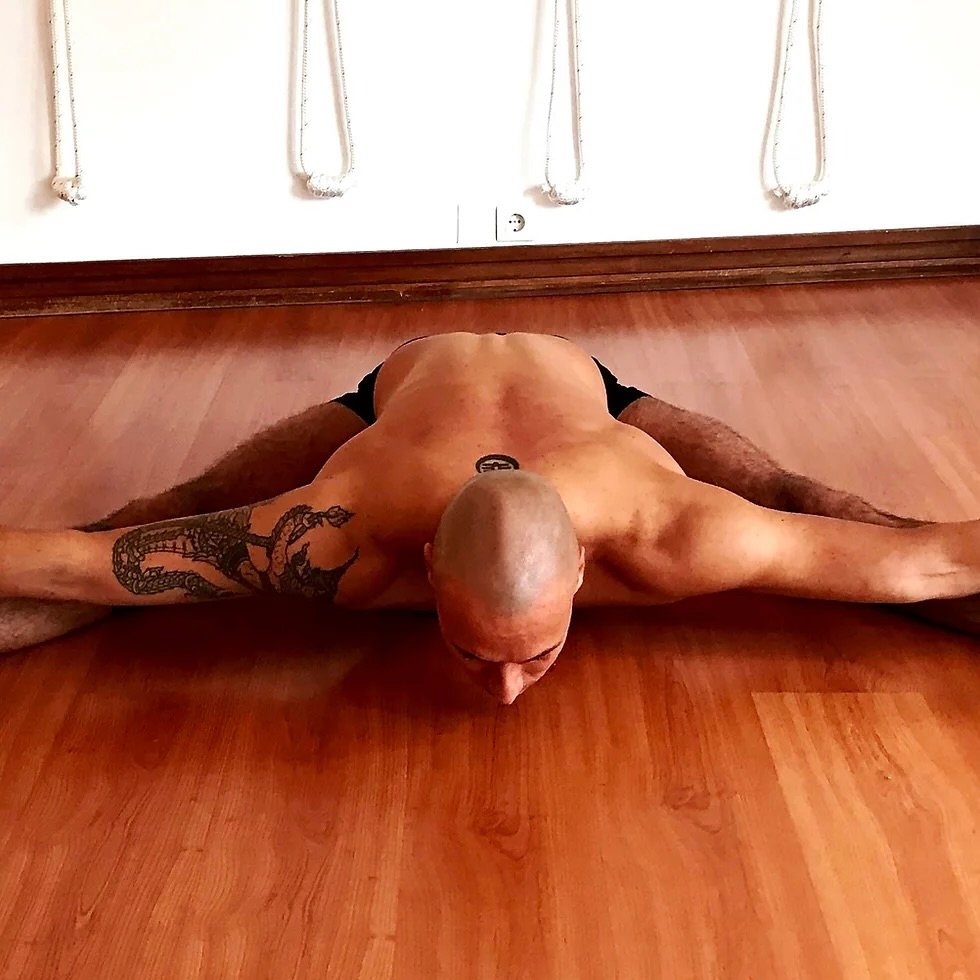
Hugo Abecassis
Iyenger Yoga Asana Teacher & Osteopath Master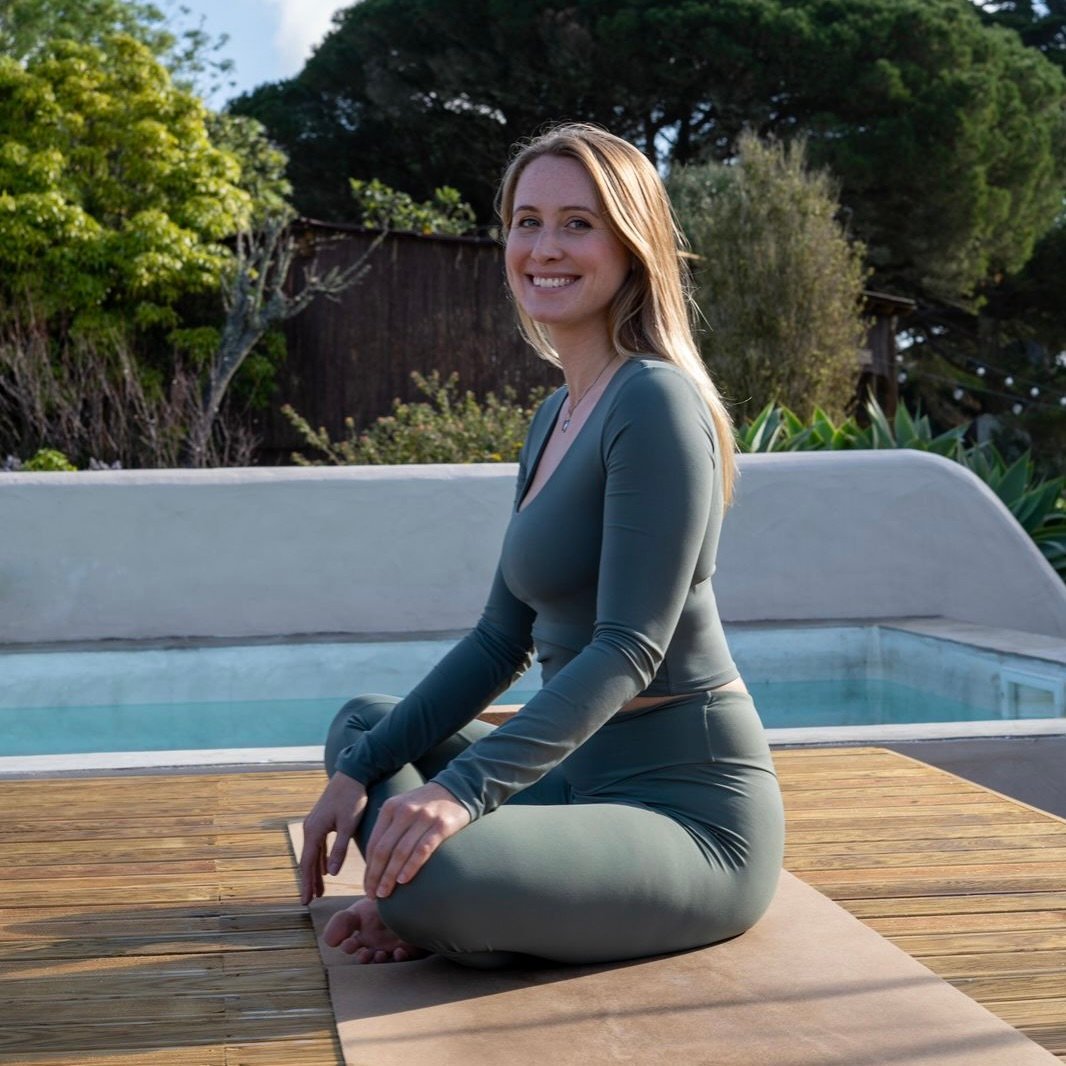
Isabel Maria
Vinyasa Flow, Yin Yoga, Energy Practices & Meditation
Kuldeep Bisht Ji
Hatha Vinyasa Flow, Iyengar, Ashtanga Yinyasa, AnatomyAccommodation During Yoga TTC

All fully furnished rooms are spacious and well-appointed. You will find every modern facility in a secure and clean environment at our premises. They are cleaned regularly and have a cabinet and attached bathroom for your convenience. Also, there is a big dining hall where all students dine together and share their thoughts. Free Wi-Fi and laundry facilities are also available. We have the supportive environment and calm atmosphere needed for spiritual growth.


